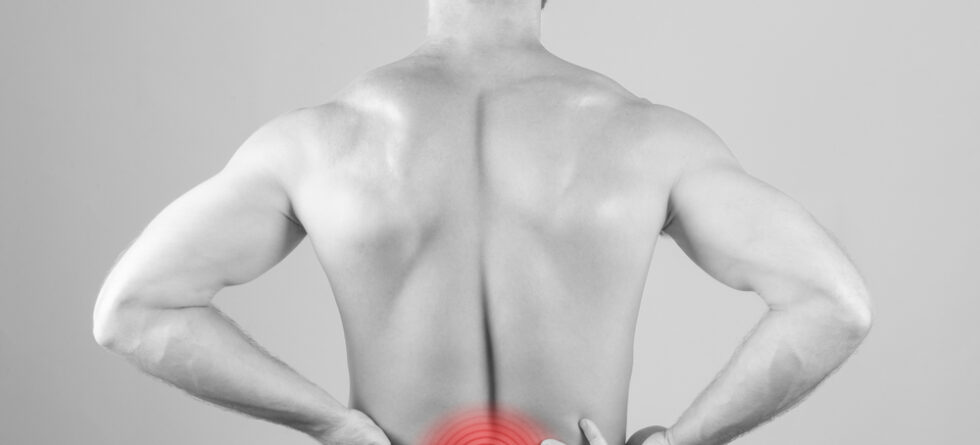If you are experiencing lower back pain, there are certain activities and movements that you should avoid to prevent exacerbating the pain or causing further injury.
Here are some things you should not do with lower back pain
- Avoid Prolonged Sitting – Sitting for long periods, especially in poor posture, can strain the lower back. Take regular breaks and walk around to reduce pressure on the lower back.
- Avoid Heavy Lifting – Lifting heavy objects without proper form can put significant stress on the lower back. If you need to lift something, use your legs to lift, not your back, and keep the object close to your body.
- Limit Twisting Movements – Avoid sudden or repetitive twisting motions of the spine, as this can strain the lower back. When lifting or reaching for something, turn your whole body instead of twisting at the waist.
- Avoid High-Impact Activities – Activities that involve jumping, running on hard surfaces, or abrupt movements that can jolt the lower back and should be avoided during acute pain episodes.
- Reduce High-Intensity Exercises – Strenuous exercises like heavy weightlifting, intense aerobic workouts, or exercises that require excessive bending or lifting can strain the lower back.
- Avoid Prolonged Standing – Standing for extended periods without breaks can strain the lower back. If your job requires standing, try using a footrest or leaning against a support to ease the pressure on your back.
- Stay Away from High Heels – Wearing high-heeled shoes can alter your body’s alignment and put extra stress on the lower back. Opt for comfortable, supportive footwear instead.
- Limit Bed Rest – While some rest may be necessary during acute episodes of lower back pain, prolonged bed rest can weaken muscles and delay recovery. Stay moderately active and gradually increase activity as you feel able.
- Avoid Self-Diagnosis and Self-Treatment – If you are unsure of the cause of your lower back pain or how to treat it, avoid self-diagnosis and self-treatment. Seek professional medical advice to ensure an accurate diagnosis and appropriate treatment plan.
- Avoid Ignoring Pain – Pay attention to your body’s signals and avoid pushing through severe pain. Pain is your body’s way of telling you something is wrong, and ignoring it can lead to further injury.
If you experience persistent or severe lower back pain, it’s crucial to consult with a healthcare professional or a physical therapist. They can properly evaluate your condition, identify the cause of your pain, and provide personalized advice on what activities and exercises are safe and appropriate for your individual needs.




